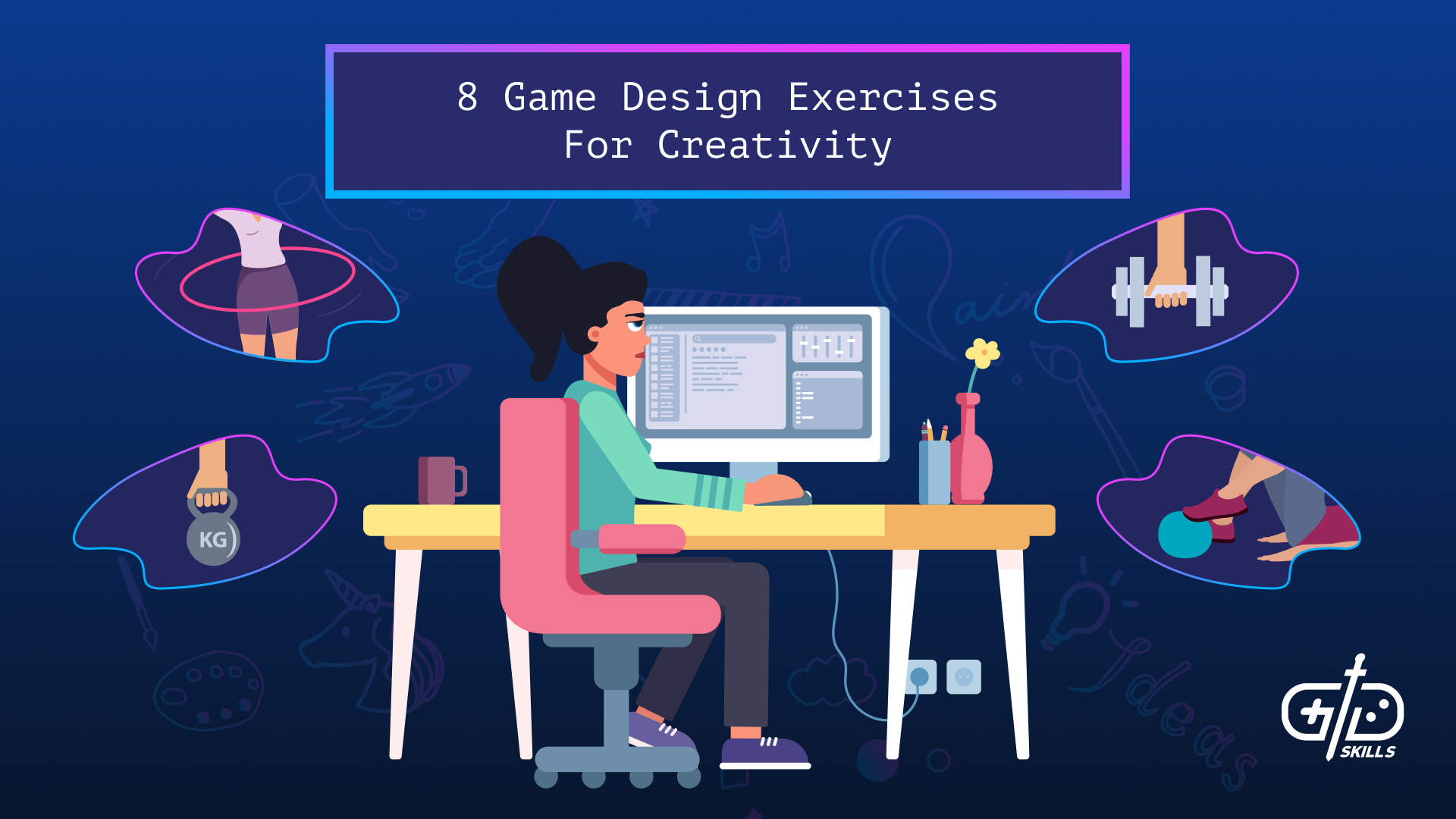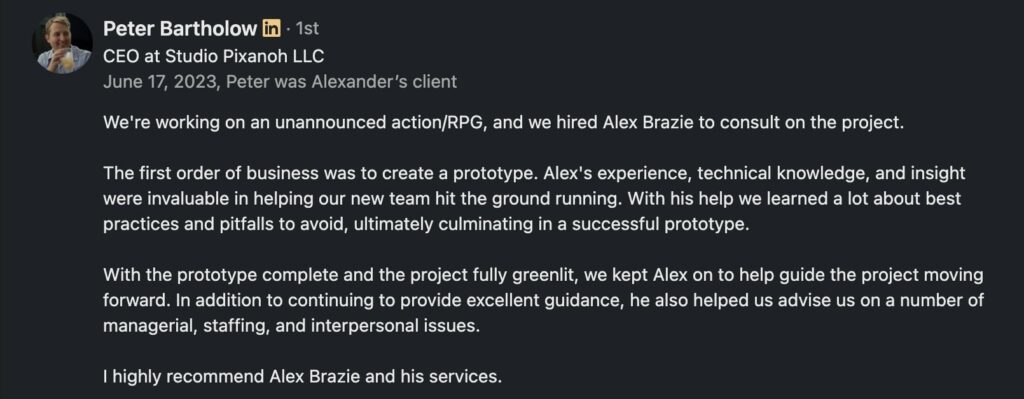Designing video games is a creative process that involves building mechanics, systems, settings, characters, and interactions from nothing. The purview of game design at its highest level is so broad that it’s helpful to narrow focus down to a single point. Design exercises for creativity force designers to think about mechanics, levels, UI, and more in an isolated way.
Modifying or tweaking a single element from an existing game or genre reveals the reasons underneath the original design choice. Successful games are designed intentionally then playtested and tweaked to deliver the most possible fun. Toying around with existing systems, reskinning mechanics, and redesigning levels are how some of the brightest minds in the industry (and games like DOTA) got started. Read on to learn about game exercises for creativity and how they help your design practice.
1. Modify a core mechanic in an existing video game
Modify a core mechanic in an existing video game to transform the experience and get a sense of how much core mechanics define gameplay. Cranking the physics of a movement up or down dramatically alters an experience. For example, make Super Meat Boy accelerate and decelerate like Mario (1985) to see how it affects traversal. The two games feature drastically different design philosophies when it comes to jumping.
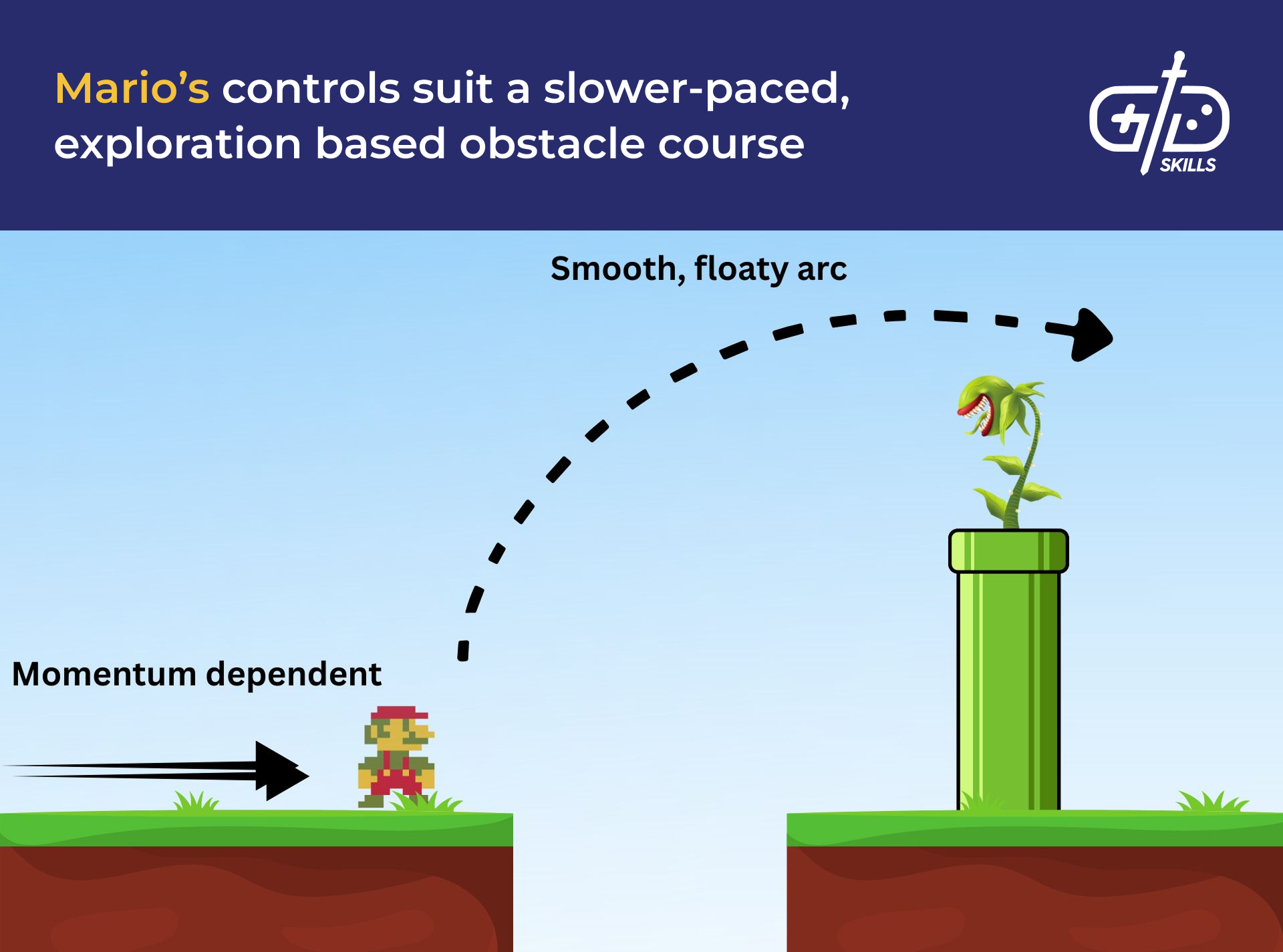
Maro’s jump is reliant on momentum, deliberately floaty, and features a smooth parabola. Meat Boy, on the other hand, accelerates and stops near-instantaneously, making jumping feel responsive, snappy, and less floaty than Mario’s jump. Super Meat Boy offers more mid-air control than Mario, making wall jumps and last second corrections possible.
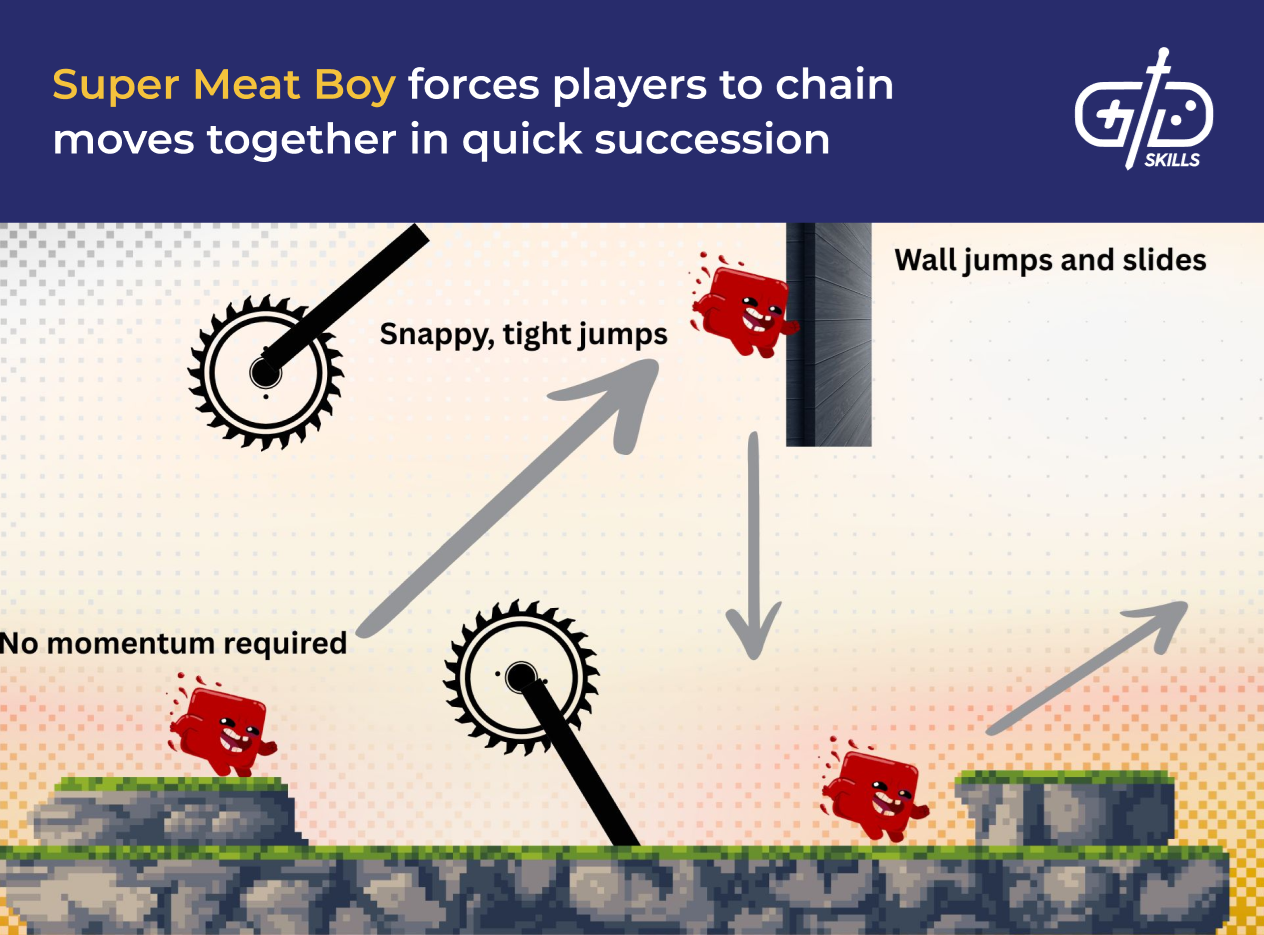
Modifying Super Meat Boy’s running and jumping mechanics to be more like Mario’s reveals the connection between mechanics and level design. Meat Boy’s twitchy, responsive control means obstacles, jumps, and hazards are placed to allow the player to chain jumps together rapidly with little downtime. The player is constantly jumping, sliding, or clinging. Mario’s natural, momentum-based movement doesn’t feel at home in a Super Meat Boy level, having been designed for an exploration-based obstacle course more than a hardcore, instant-retry platformer.
2. Redesign a level from a game using only one new mechanic
Redesigning a level from a game using only one new mechanic teaches about how much mechanics inform level design. Redesigning Doom 1993 has been a popular hobby for decades, with the recent art gallery mod a favorite. Mission 1 of Doom introduces players to the core mechanics of traversal, shooting, reloading, and dodging. Let’s fundamentally upset that balance.
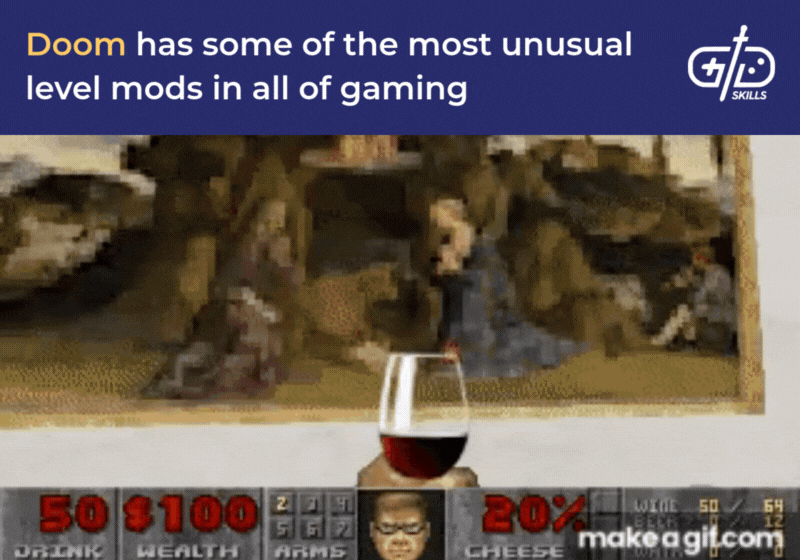
The redesign of Mission 1: The pistol and shotgun have been replaced with a freeze ray with a very slow rate of fire. The freeze ray doesn’t kill or damage enemies, only freeze them in place for 3 seconds. Enemies are Zombiemen and Shotgun Guys. The objective is to navigate the level, strategically freezing enemies and avoiding their fire. Doom Guy dies in 3 hits from any enemy.
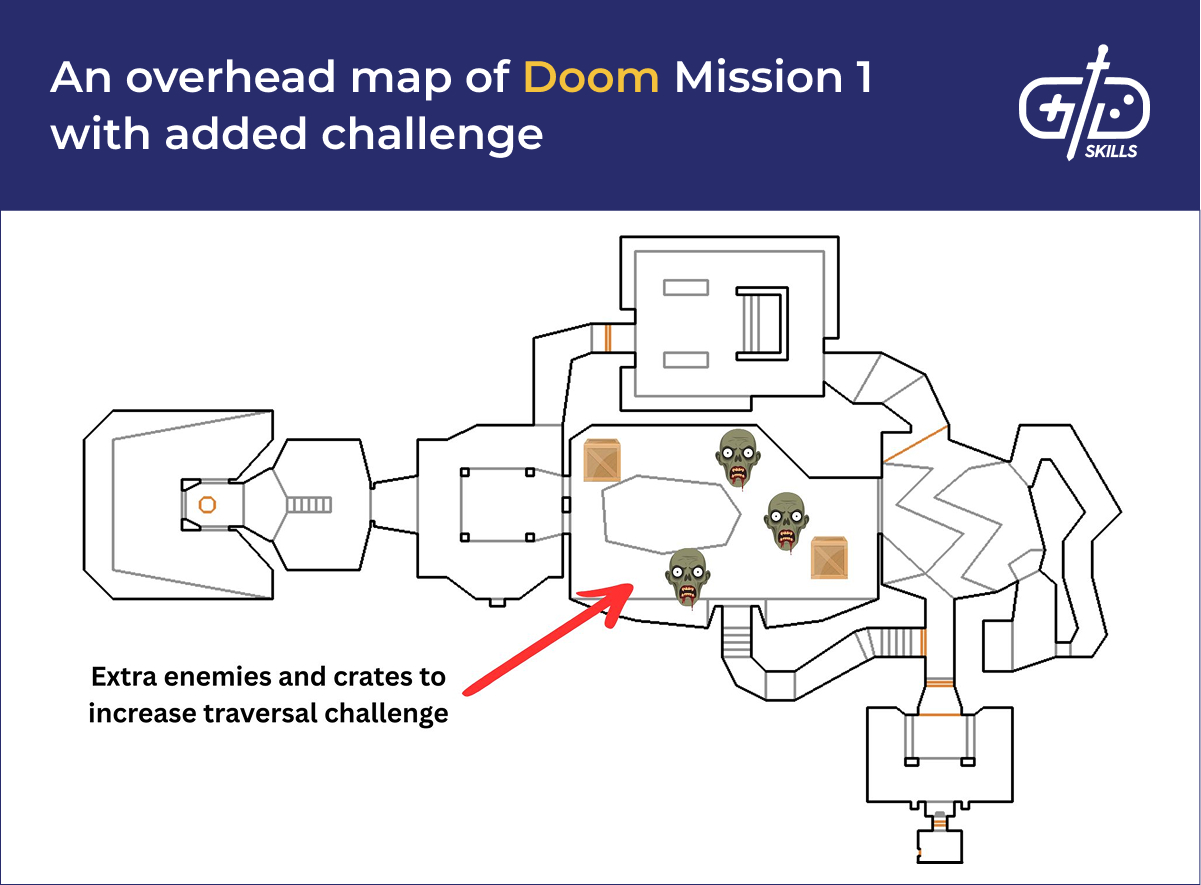
To increase the traversal challenge, the open courtyard area of the hangar is littered with shipping crates and Shotgun Guys, meaning it’s harder to make a beeline for the exit. Changing the shooting mechanics and layout turn what is an easy, introductory level most people have played many times into a challenge. Zombiemen and Shotgun Guys present little challenge with even a basic weapon. With a totally non-lethal option, just surviving becomes the goal. The challenge is only as difficult as the tools you’re equipped with.
3. Remove a key UI element and redesign the player’s feedback system
Removing a key UI element and redesigning the player’s feedback system is a lesson in UI economy, teaching designers to think carefully about different ways to show player status. The health bar is a staple in most genres of game involving peril or combat. Many modern FPS and RPGs reinforce player condition with a system of onscreen blood splatter when taking damage. Consider removing the health bar and allowing the onscreen cues to be the only indication of player health.
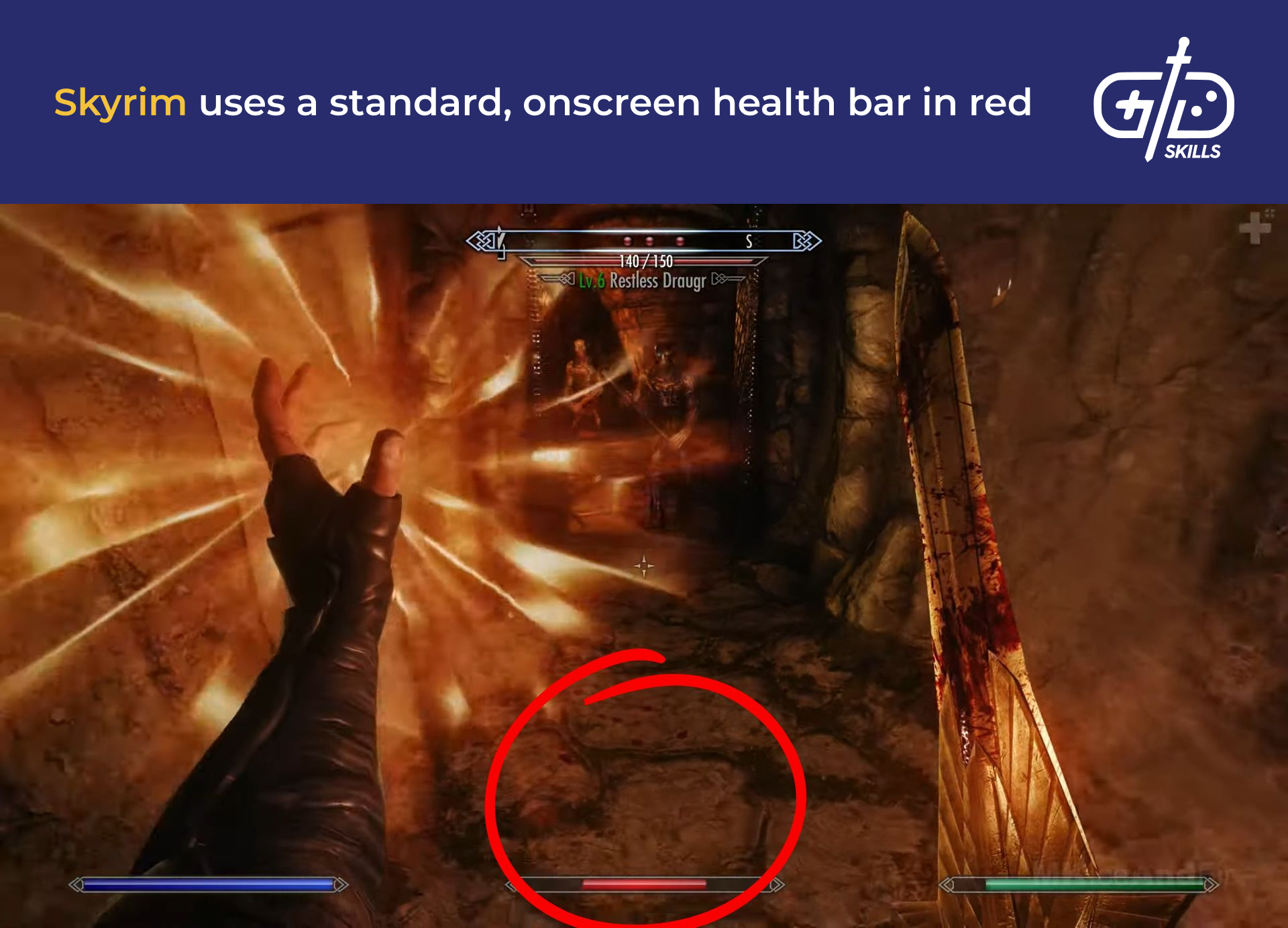
The Elder Scrolls: Skyrim features a health bar and a supplementary screen splash effect when the player takes damage. By removing the health bar from the UI, immersion is increased by removing an element that tells the player that their game is “just a game”. The player still needs a system that helps them track their condition, however. As an experiment, use progressively larger, darker splashes of blood onscreen, heavy breathing from the player character, and screen blur as the player loses consciousness.
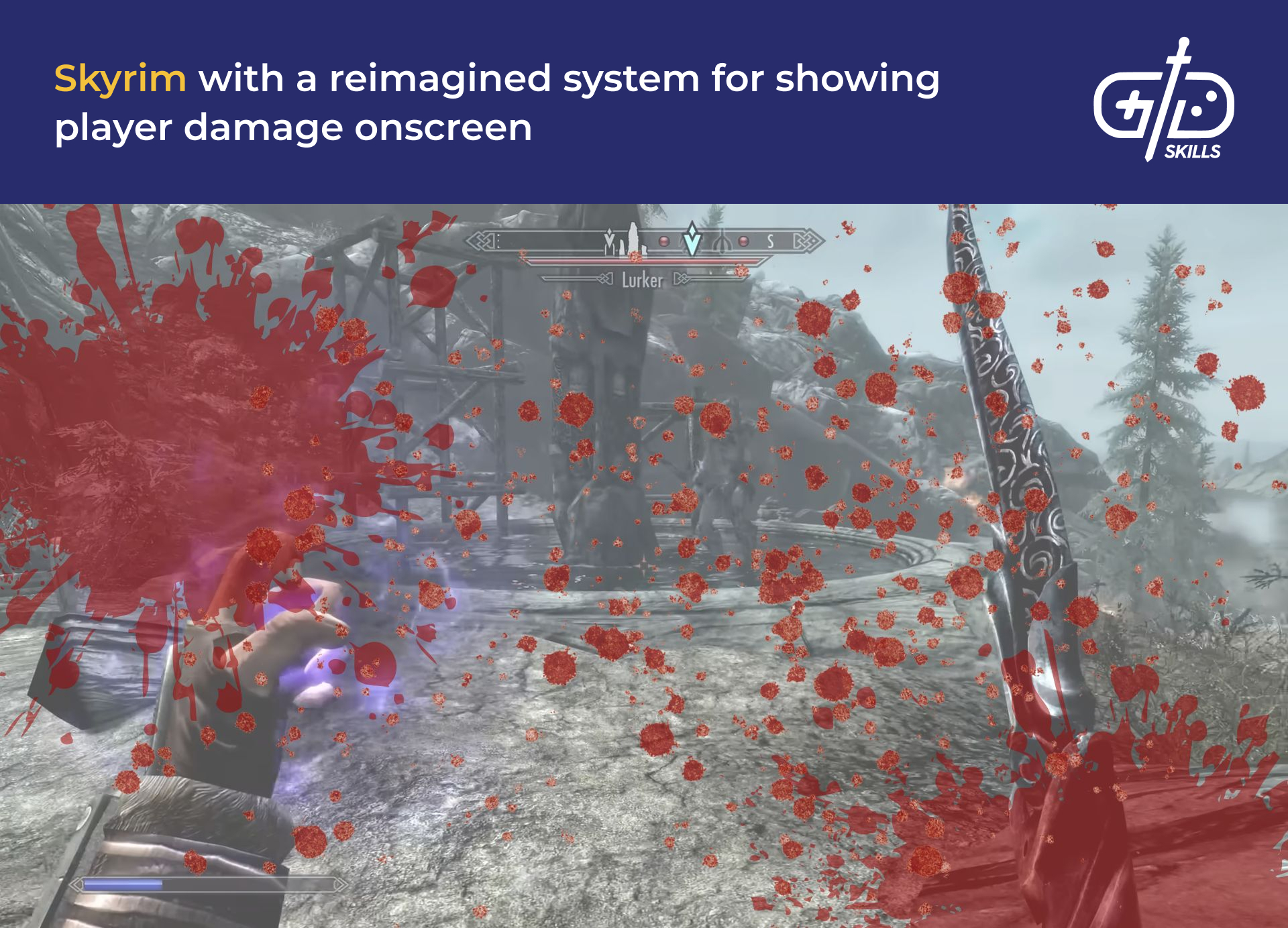
As the player takes damage, their field of vision reduces, changing the balance of combat. To counter this, let’s say the player’s attacks take on a frenzied power as they fade. Create a scaling effect where the closer the player is to zero (on the unseen heath meter), the more powerful their attacks. This system increases immersion and has a good chance of producing some dramatic, last minute victories in the face of certain death.
4. Plan out 30 seconds of gameplay from scratch
Planning out 30 seconds of gameplay from scratch forces designers to spontaneously create a genre, scenario, protagonist, antagonists, environment, goals, locations, and more. Planning gameplay means thinking about mechanics, systems, and interactions in representational rather than abstract terms. Break the thirty second period down into smaller chunks of between 5 and 10 seconds. For this example, I’m using a speculative sci-fi, first-person survival RPG hybrid.
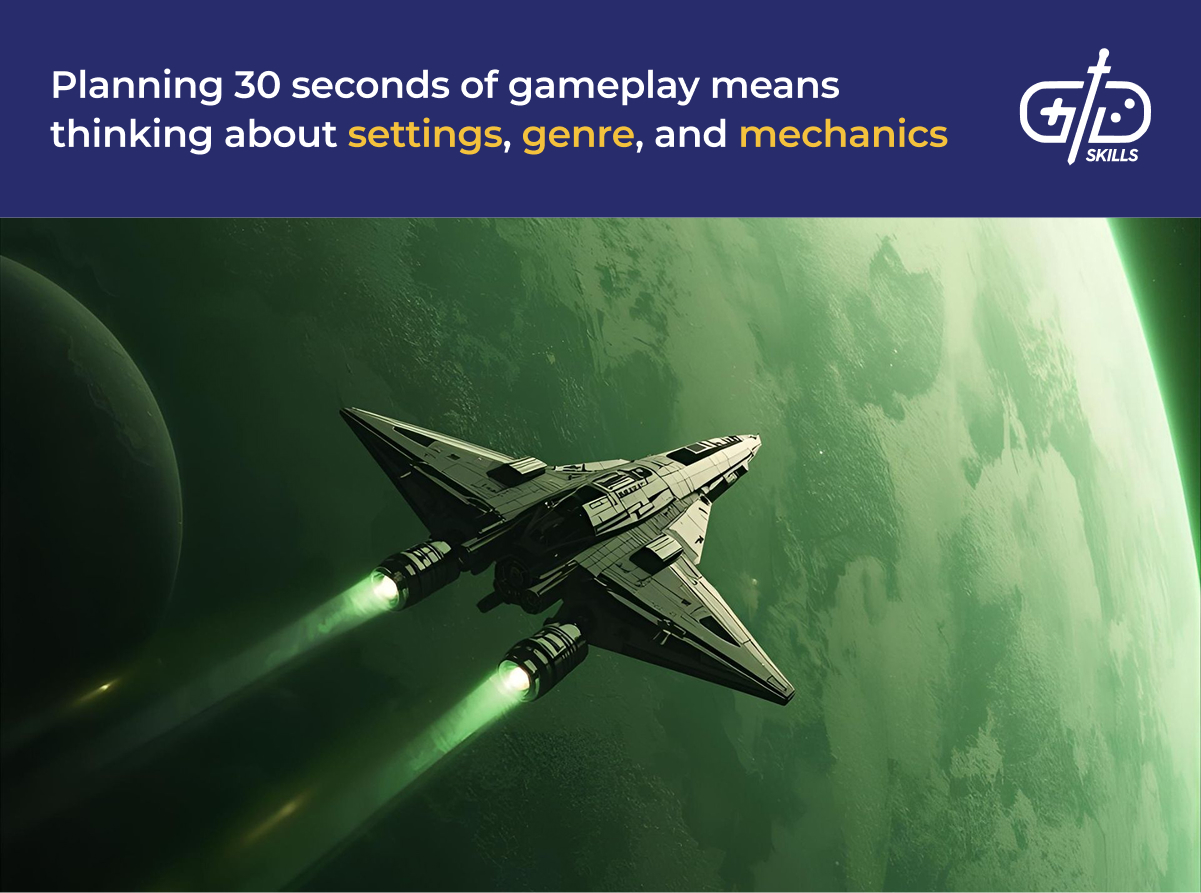
- Seconds 0 – 5: The player regains consciousness, blinking as their surroundings come into focus. An alarm is chiming, and the sounds of bird song are muffled. The player looks around. They are standing in a tiny escape pod.
- Seconds 6-10: The door to the escape pod hangs partially open. As soon as the player pushes forward to move, they kick the door open. The player steps outside and the camera pans around. A deep gouge through the foliage shows the track your escape pod took on landing. Smoke rises in the distance. The mothership, or what’s left of it, has crash landed on a mountainside in the distance. The player character says: “Better see if anyone else made it.”
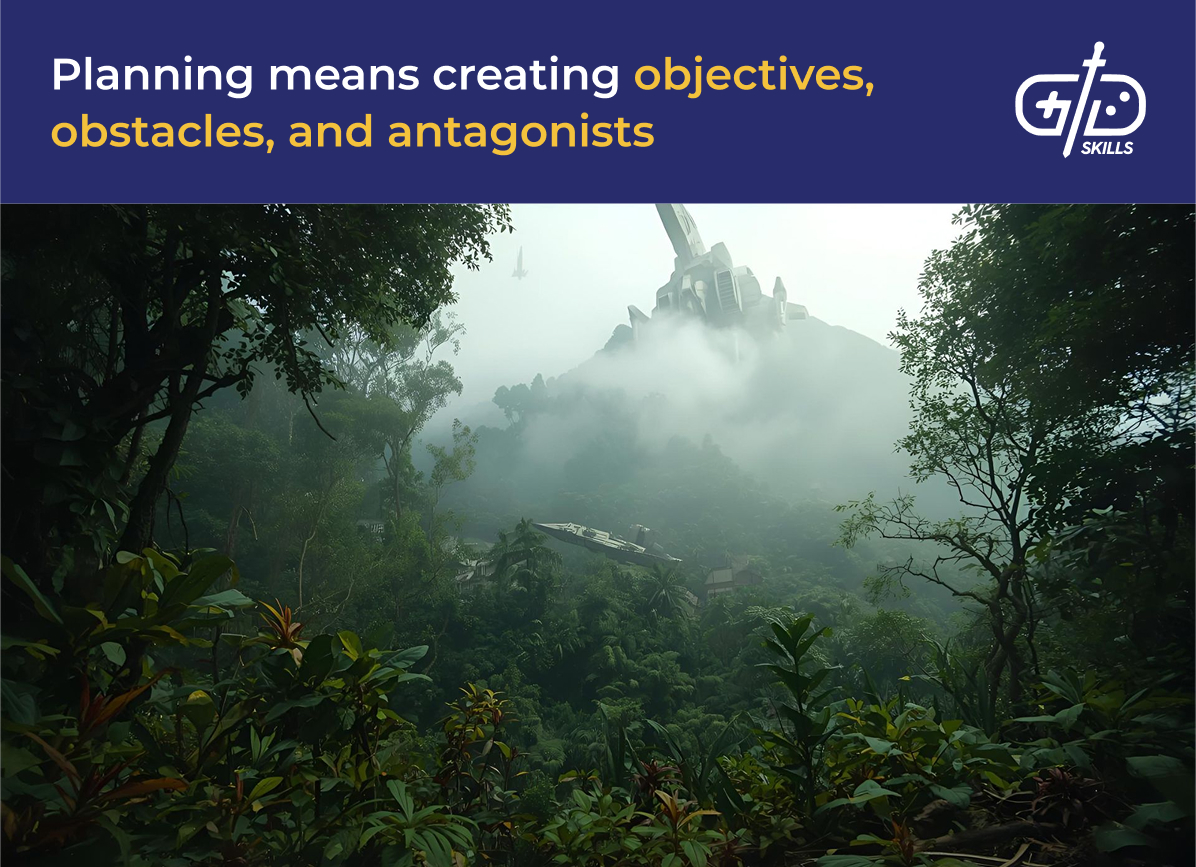
- Seconds 10 – 15: Objective: Investigate the crash site. The track cut by the escape pod winds towards the ship. Following this path, the player begins to hear growls. Trees rustle and the growls get louder.
- Seconds 15 – 20: Tutorial Tip: The player learns their options – throw a rock to distract the creatures and sneak away to safety or fight them using your suit’s defensive systems.
- Seconds 20 – 25: Either the player throws the rock to distract the enemies, or they stand their ground and prepare to fight.
- Seconds 25 – 30: Either a combat encounter where the player fights three Amarok Wolves using their suit’s melee defensive system or a stealth encounter throwing rocks to distract the creatures.
5. Re-skin a mechanic with a new theme and see how it changes player perception
Re-skinning a mechanic with a new theme changes player perception by altering the visuals, audio, and in-game explanation for that particular mechanic. Designers also toy with cooldown timers, elemental effects, and recharge rates to change the player’s perception of gameplay. Let’s take Skyrim’s Magicka system as an example. In the vanilla experience, Magicka is tracked using an onscreen meter. Let’s change it to something less abstract and more centered in the game world and its lore.
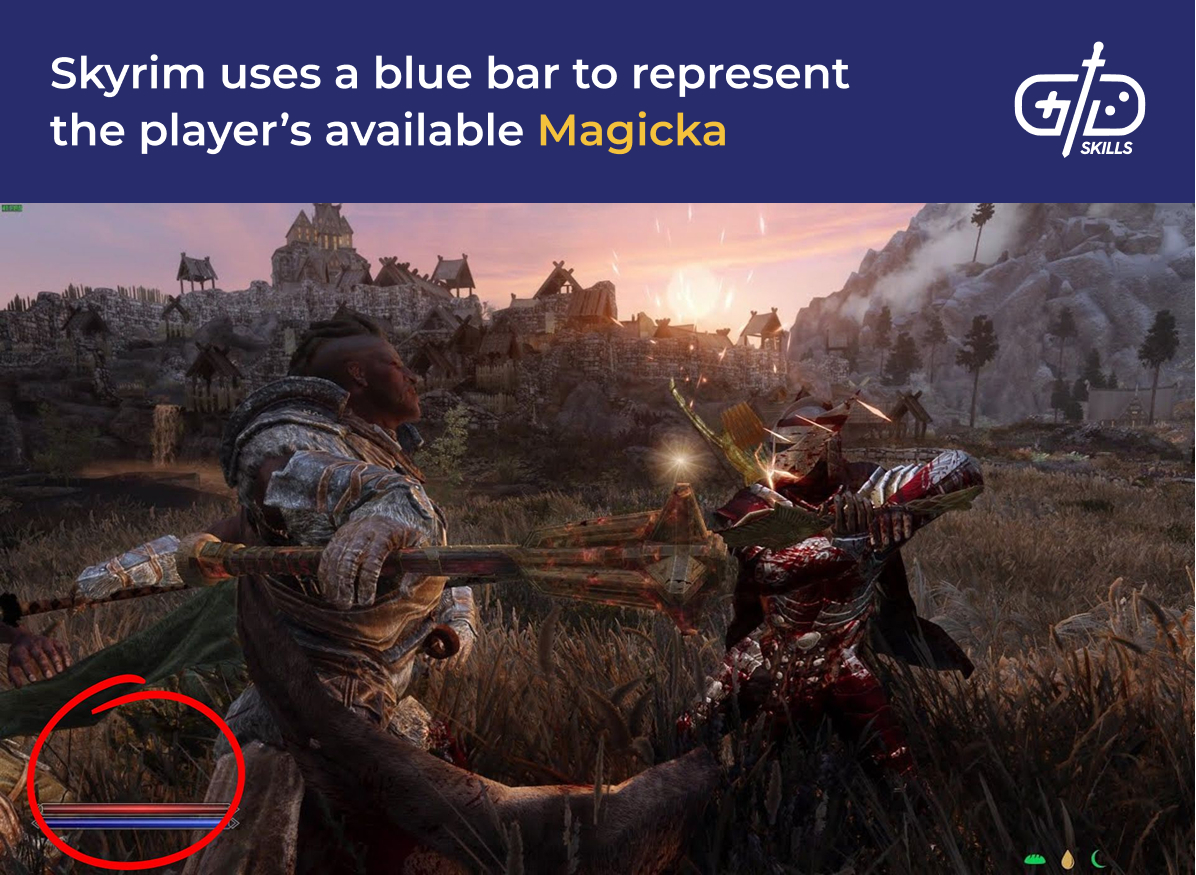
Replace the Magicka bar, which is a purely functional UI element, with an infused lantern with in-game lore. When the player is fully rested, drinks a potion, or visits a Mage’s Guild branch, the ethereal blue flame is bright and fills the space inside the lantern. When the player uses Magicka, the flame diminishes. Instead of the timed cooldown mechanic of the Magicka bar, the lantern is a finite resource with zero cooldown. Players can output more magic at one time, but are hamstrung by the no-recharge element.
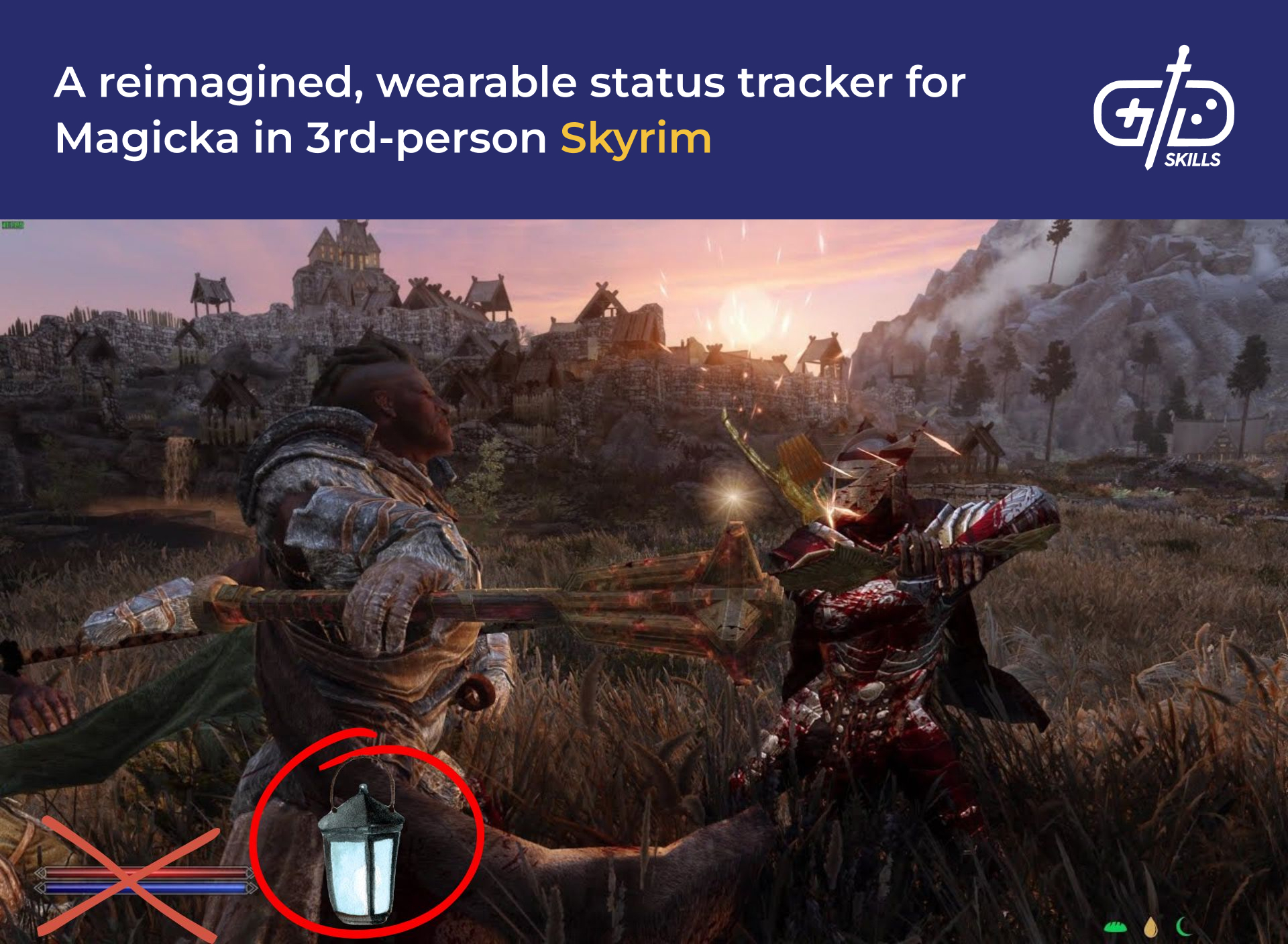
Players have expectations of characters, classes, and genres based on shared cultural knowledge. It’s crucial to experiment with the themes and representation of mechanics to ensure the gameplay lives up to the expectations of the player’s power fantasy. When I worked on redesigning the Warlock class for the Mist of Pandaria expansion of WoW, I got the best results when I made each specialization deliver on the names that were used. Affliction demanded options that emphasized pain and suffering, Demonology needed power and pets, and Destruction had to give players control over raw, unrestrained force.
6. Invent a new control scheme for a familiar genre
Inventing a new control scheme for a familiar genre forces designers to think about the fundamentals of what actions constitute “fun” in a video game. The platform genre is among the oldest and most intuitive styles of video games, but still offers some fun for experimentation with control schemes. Instead of controlling the player character, subvert expectations by giving players control over platforms, obstacles, springboards, trampolines, fans, and other aids to propel the character across the screen.
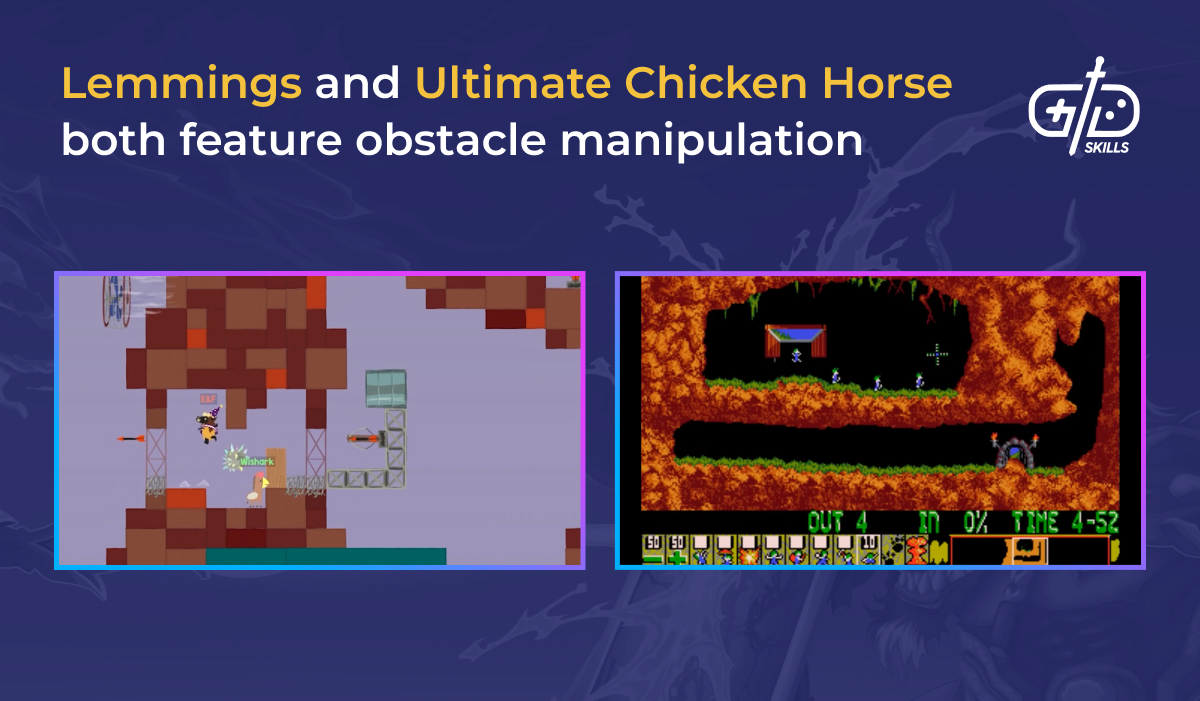
Games like Lemmings and Ultimate Chicken Horse feature level building elements to the inverted platformer concept, but those games feature distinct building and traversal stages. I suggest a twitchier, one-more-try type of experience. A character, in this case a chubby but agile ninja badger, runs, jumps, wall climbs, and slides across the 2D screen from left to right in the same pattern every time. There are multiple points where the ninja badger is impeded, killed or knocked backwards by obstacles, enemies, or hazards.
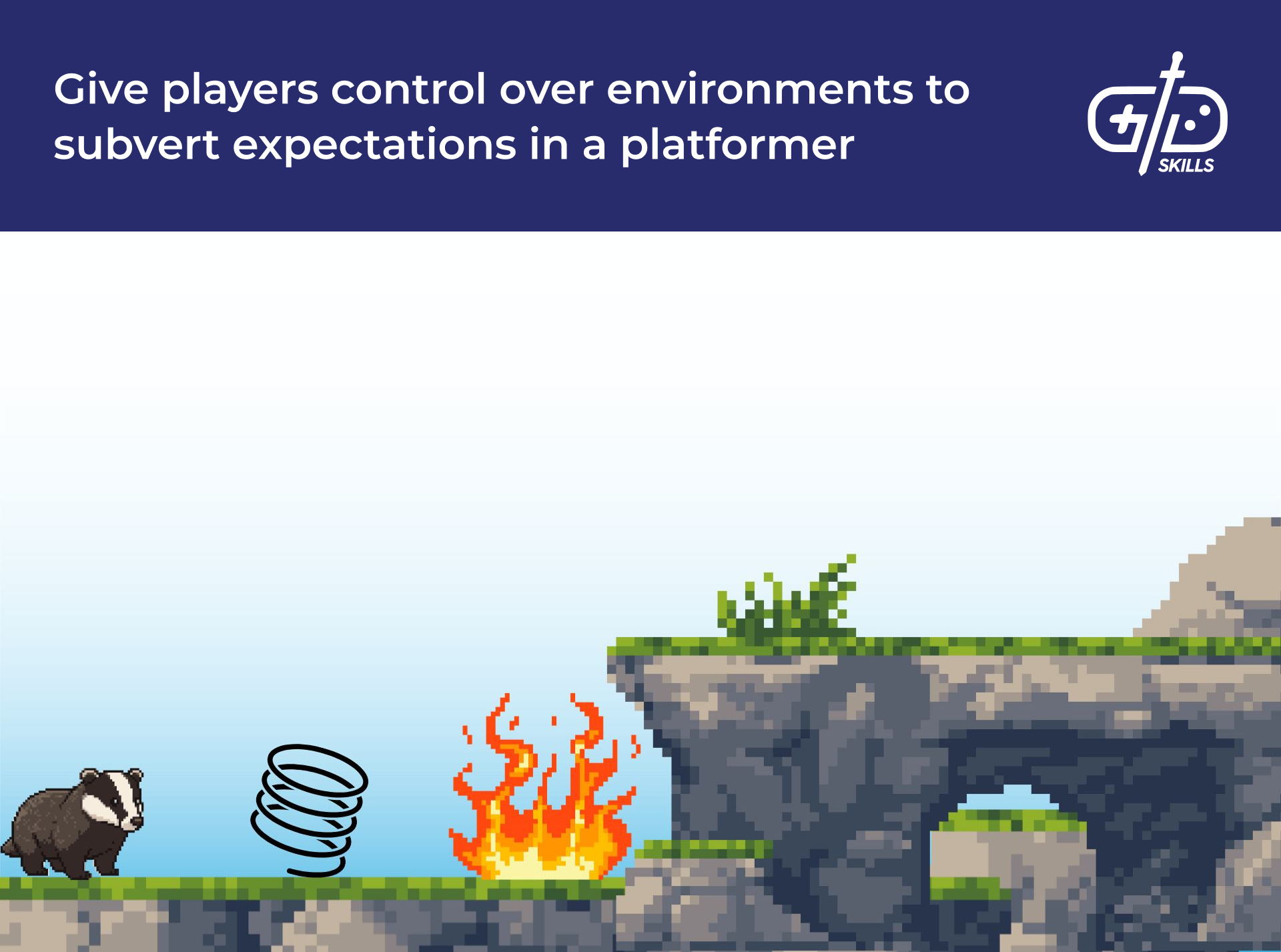
The player’s role in the inverted platformer is to watch the badger’s progress across the screen, select the right tool that will help him when he falters, and quickly place it onscreen at the correct point. The objective is to get the badger safely across the screen in the shortest amount of time with the fewest deaths.
7. Convert a single-player game into a co-op or competitive experience
Converting a single-player game into a co-op or competitive experience forces designers to think about social dynamics, balance, and contestable parameters. Single player games need to provide a satisfying experience for one person. Every game design decision is tuned to fulfill this goal. Converting a solo experience into a co-op one requires careful consideration to make gameplay fun for everybody.
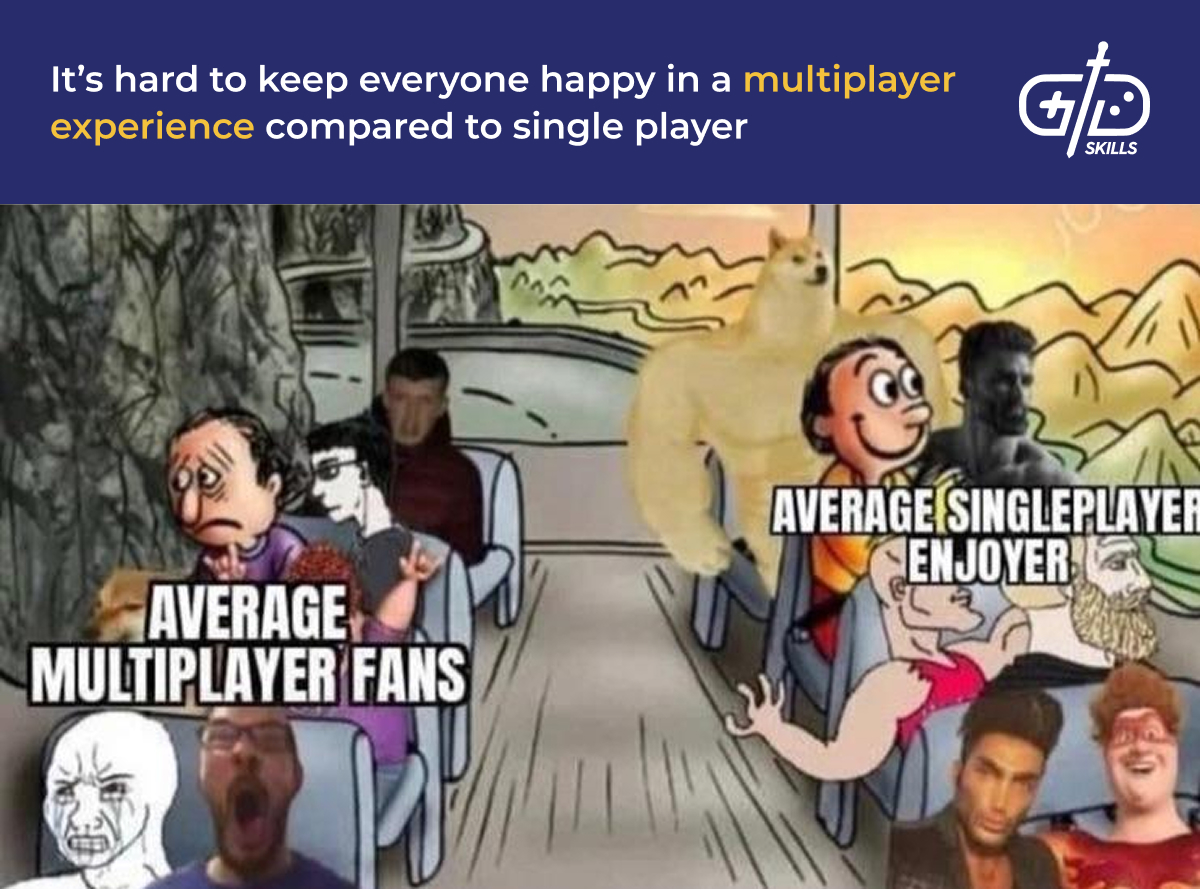
Let’s take Alien: Isolation as our test case. As it stands, Alien Isolation is a tense, single player, first-person survival horror. The player navigates the corridors and vents of a space station populated by hostile humans, droids, and a single xenomorph. Instead of a single player experience, let’s make it an asymmetrical survival horror with multiple human players, and a single, overpowered player-controlled xenomorph.
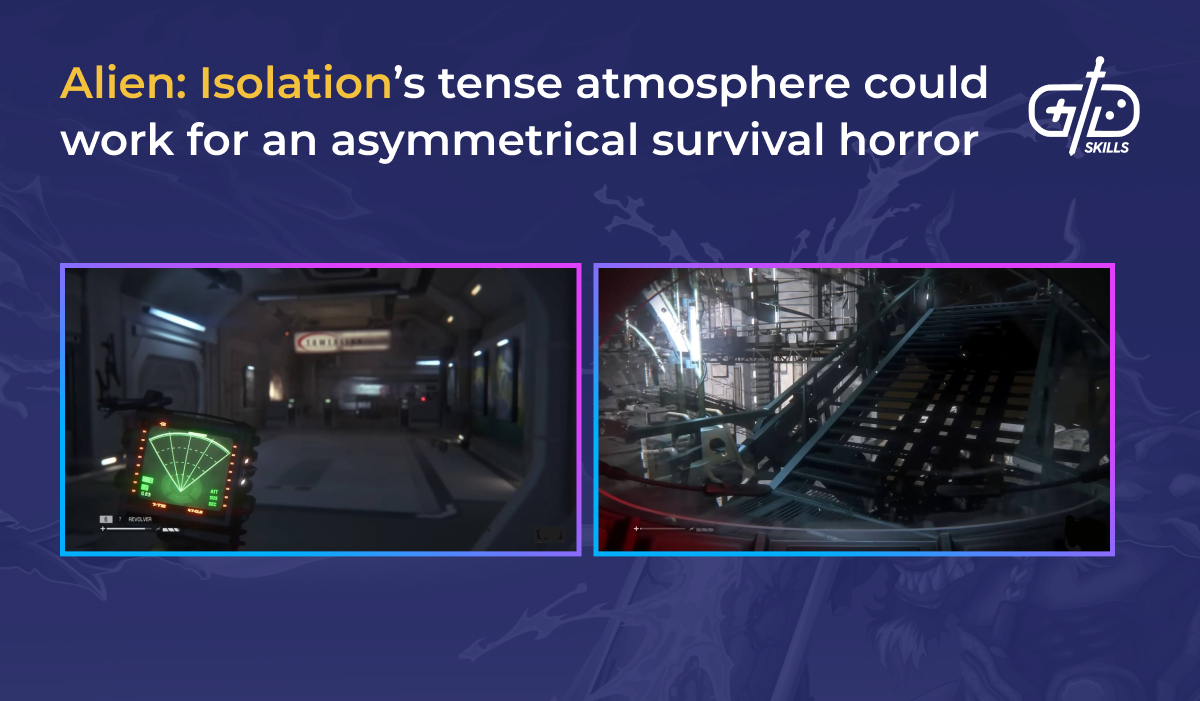
An asymmetrical take on Alien: Isolation must block off a section of the station map to use as a level. The original game’s 19 missions take place across the entire map with criss-crossing of paths and too much space for regular encounters in a multiplayer game. A single exit in the form of a one-person escape pod is the goal for players. Players have the motion tracker and revolver from the base game. They can work together, but there’s only one pod. Like the base game, the xenomorph is vulnerable to fire.
8. Take a real-world activity and abstract it into a mini-game
Taking a real-world activity and abstracting it into a mini-game is a lesson in gamification. In the real-world, stacking an endless supply of boxes isn’t fun. Tetris is essentially an abstracted box-stacking exercise, but manages to be a lot of fun. Let’s take cleaning as our example. Cleaning is not fun at the best of times. Gamification turns boring real world activities into compelling gameplay. Let’s do the same for our speculative game, Fantasy Tavern Cleaner.
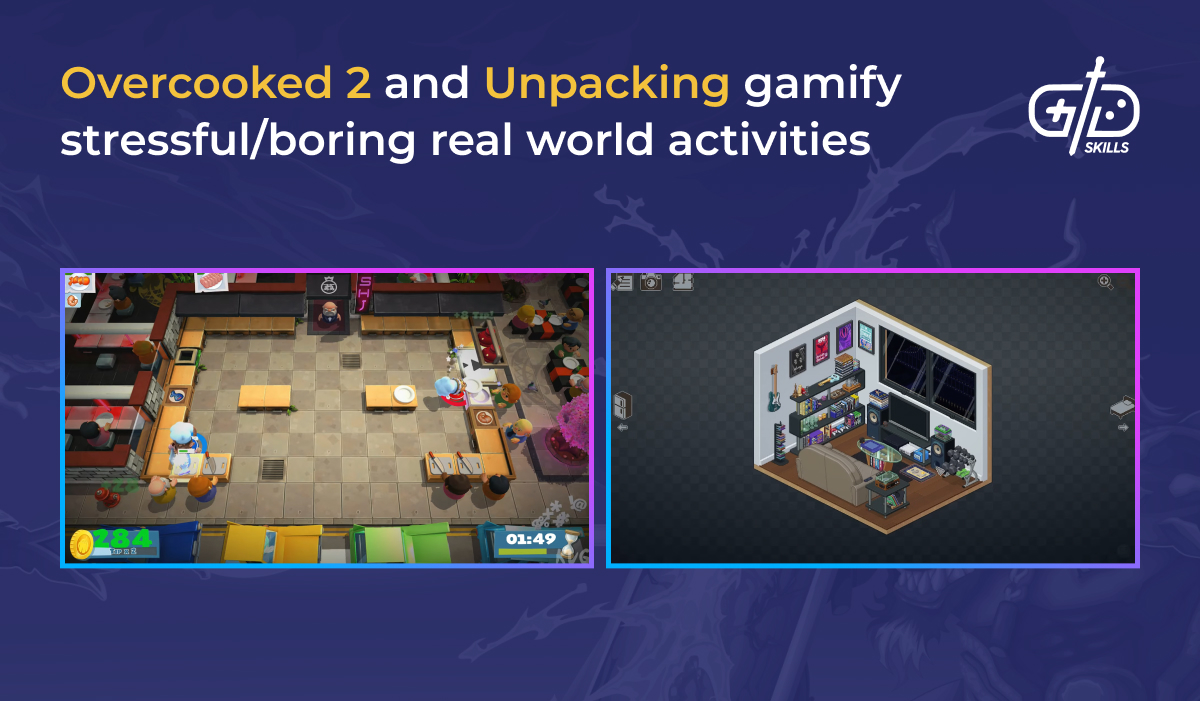
Each level is a different tavern in a fantasy city. The player starts in a smaller, run down tavern with few customers and a relatively simple task list. The premises become busier and more elaborate as the player progresses. The gameplay involves selecting the right tool for the mess or problem. A broom for dry mess, sawdust for the wet stuff, a cloth for the tables, and a tub of soapy water for the tankards, plates, and cutlery. Each tool has a corresponding ideal movement arc and rhythm on the thumbstick or mouse. The closer the player follows that arc, the faster action.
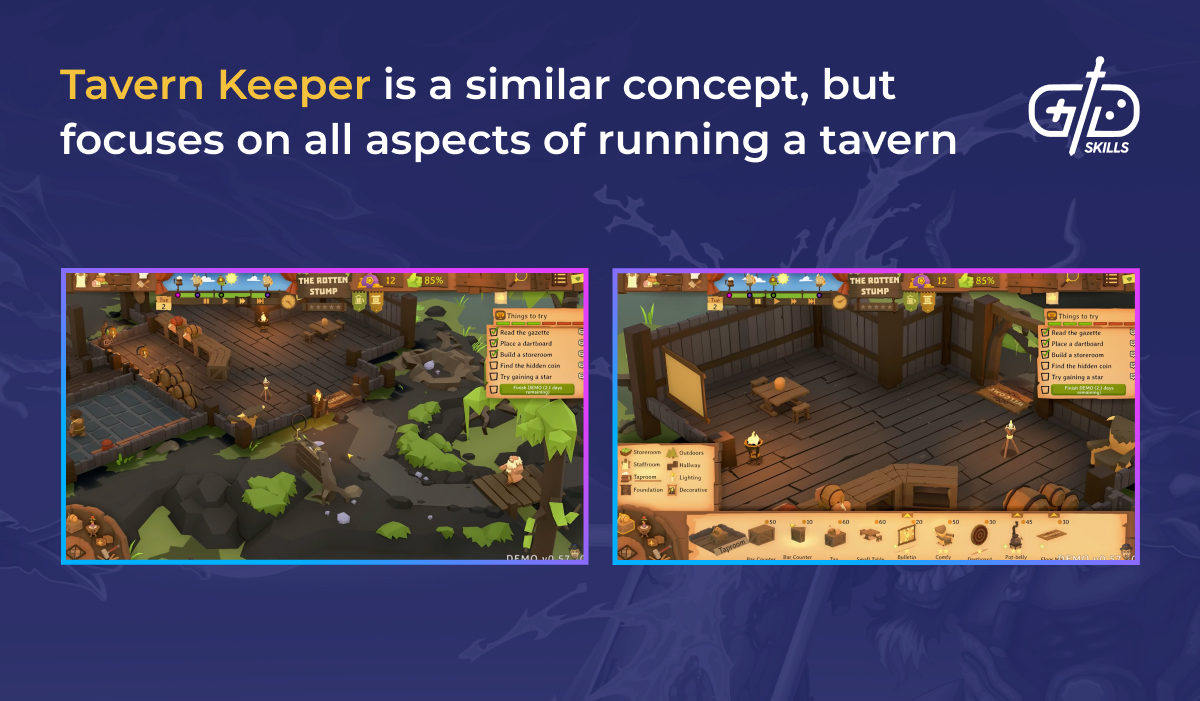
Adding variables like rowdy bands of goblins makes the experience more dynamic. Goblins are heavy drinkers, have poor manners, and show no respect for the taverns they frequent. The late game includes enchanted items that repel goblins, ghostly familiars that help in the player’s efforts, and increasingly challenging guests and situations. The win condition in each tavern is to keep the place clean while a timer counts down. If the place becomes too messy, patrons will leave or stop arriving, leading to a game over state.


